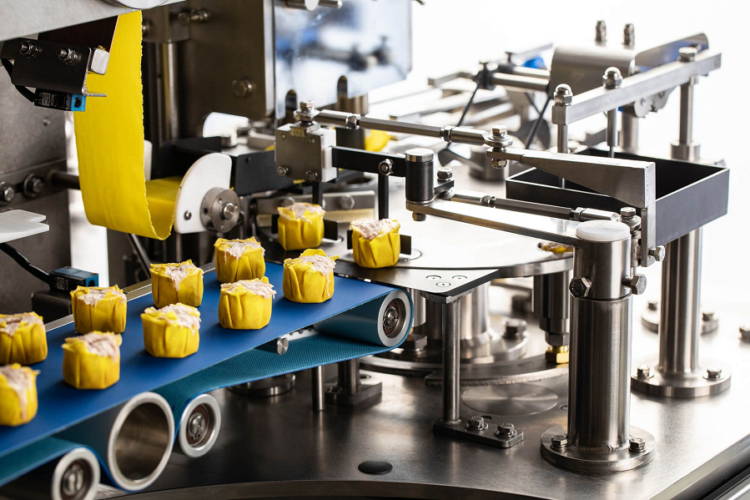Safety comes first. This is a thing that we all listen to but didn’t pay much attention to these measures. Herewith this article, we are going to focus on safety measures and safety precautions during the processing and dismantling of food production or processing plants. Good hygiene policies and practices prove to be the foundation for successful food safety and quality assurance in all manufacturing facilities.
Plant personnel is the most significant assets in the food facility that needs to be saved and precautions handled. Comprehensive personal hygiene and personal safety programs need to be installed as part of the corporate structure and should be mandatory to implementing best practices for compliance with Good Manufacturing Practices, Sanitation Standard Operating Procedures, and related sanitation and food safety audits.
Decommissioning of the food factory
During the processing and decommissioning of the food factory, contamination of food products and machines might occur before, during, and after processing. So, sanitation procedures must be employed with complete details of any equipment disassembly procedures, chemicals, and methods used for such orientations. The time required for such sanitation, the number of chemicals used, and water temperatures should be recorded.
Workers must use the proper protective products to prevent their skin and health from contaminating areas, chemicals, and food during decommissioning.
Gloves, hairnets, and face masks should be mandatory to wear. Workers must also protect themselves from bacteria or pathogens that may come with the contact of the materials or spare parts. They must understand and follow all equipment guidelines provided to them through manuals or precautionary leaflets. No one can be permitted to operate any machinery without the required training and they must be aware of the location of emergency shut-offs.
To ensure safety and understand how it all works or goes along, workers must be dressed appropriately. They must not be permitted to wear clothing or jewelry items that could become caught in machinery. The possibility for such entrapment endangers their life and loose items can end up costing one life. In addition to keeping such equipment clean during use, regular maintenance procedures should also be followed.
Proper maintenance
Proper maintenance protects the manufacturing process, invigorate the decommissioning process, and the employees using the equipment. Broken seals, broken parts will be the cause of the release of oils into the processing system. Dull blades can slip and cause products to jam in the machinery, making it hard to remove and dismantle. Worn-out belts can snap, injuring nearby workers and contaminating the processing line or dismantling equipment.
Some general safety rules must be applied to all manufacturing and dismantling environments. These rules include:
– Persons working on it must use the correct personal safety equipment.
– Machine guards must be in place when equipment is operating or is being dismantled.
– Only qualified personnel should be employed for dismantling.
– All chemicals used in cleaning or dismantling must be appropriately labeled.
– Trip and fall prevention measures must be in place including wet floor signs or other means of indicating hazards.
Wires or cables shouldn’t be damaged or frayed. Cables should not be exposed along the floor. Exposed cables and wires can also be damaged from forklifts or other vehicles.

